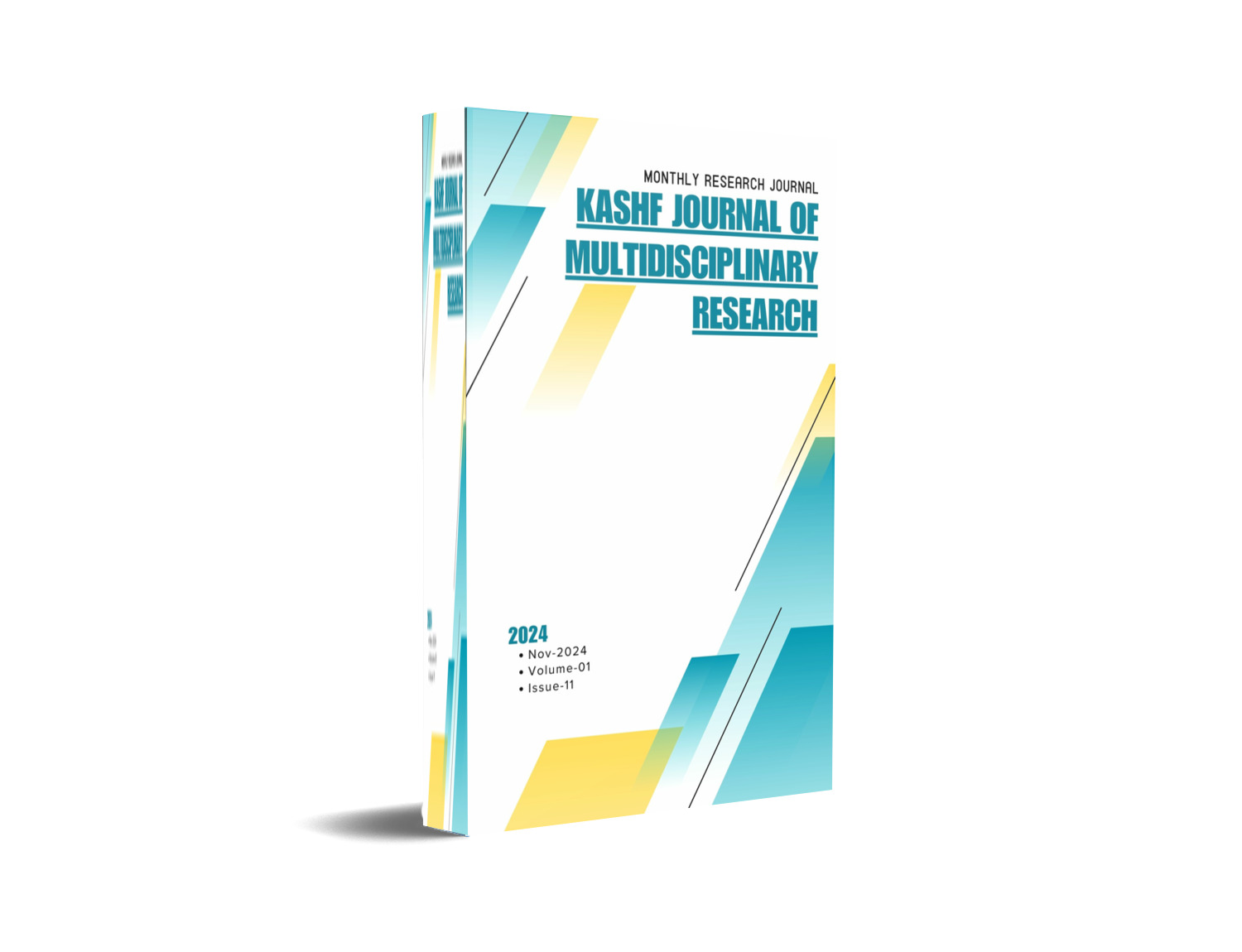Investigate the Use of AI in Environmental Monitoring and Prevention of Avoidable Hazards
Keywords:
Environmental Monitoring, Hazard Prevention, Sustainability Management, Artificial Intelligence (AI), Predictive AnalyticsAbstract
Background:
Rapid advancements in artificial intelligence (AI) present significant opportunities for enhancing environmental monitoring and mitigating hazards such as pollution, deforestation, and natural disasters. AI-driven solutions enable the real-time processing of extensive environmental data, improving the identification of risk factors and response times.
Objective:
This study investigates the application of AI in environmental monitoring, focusing on its ability to detect, assess, and prevent hazards. It specifically evaluates the methods, algorithms, and software used in hazard prediction and real-time data analysis.
Methods:
Employing a quantitative approach, data were collected from various environmental monitoring sites. Machine learning algorithms, including convolutional neural networks (CNNs) and long short-term memory (LSTM) networks, were utilized alongside software such as Google Earth Engine and TensorFlow for satellite imagery and weather data analysis. Data from remote sensors and real-time monitoring devices were processed using Python and R to validate hazard prediction models. Predictive accuracy and precision metrics assessed model performance.
Results:
The models exhibited high accuracy in hazard prediction, with CNNs achieving 92% accuracy in deforestation detection and LSTMs attaining 89% precision in drought forecasting. Integrating real-time satellite data with AI algorithms enhanced detection speed, reducing hazard identification response times by 50%.
Conclusion:
This study confirms that AI can significantly enhance environmental monitoring and hazard prevention. The integration of machine learning algorithms with real-time data platforms markedly improves the accuracy, speed, and reliability of hazard predictions.
Downloads
Downloads
Published
Issue
Section
License
Copyright (c) 2024 Mirza Abdul Basit, Muhammad Shahoon Iqbal, Muhammad Muzmmil Saleem, Asmad Hussain, Muhammad Naveed Khalil, Murad Khan (Author)

This work is licensed under a Creative Commons Attribution 4.0 International License.



